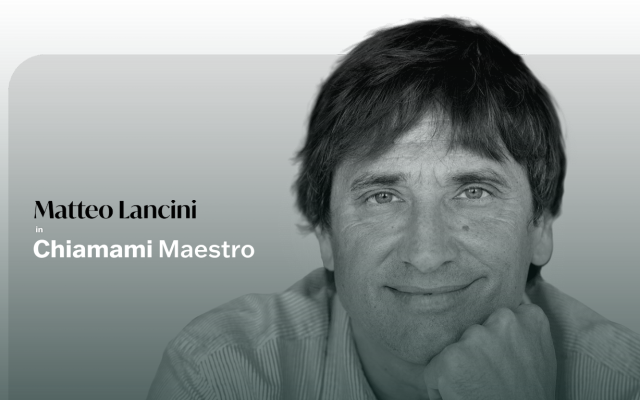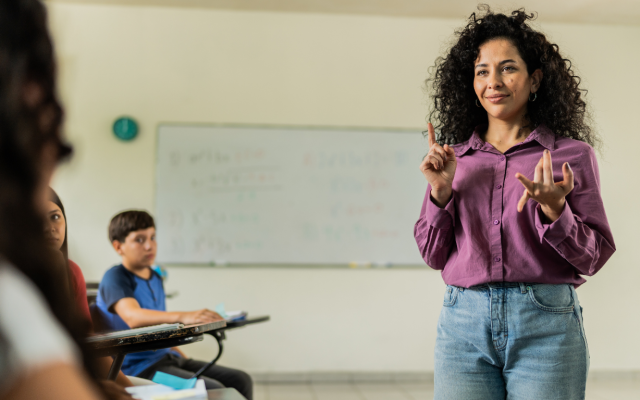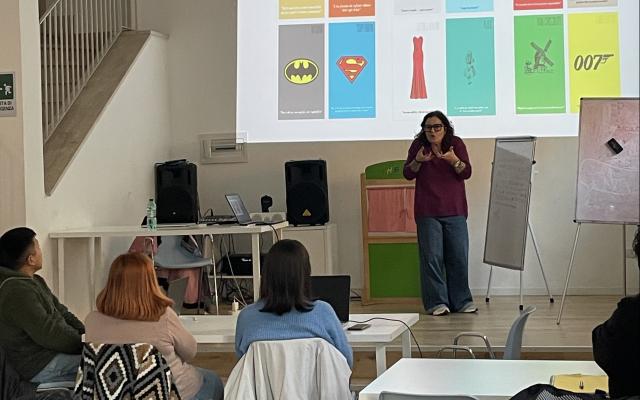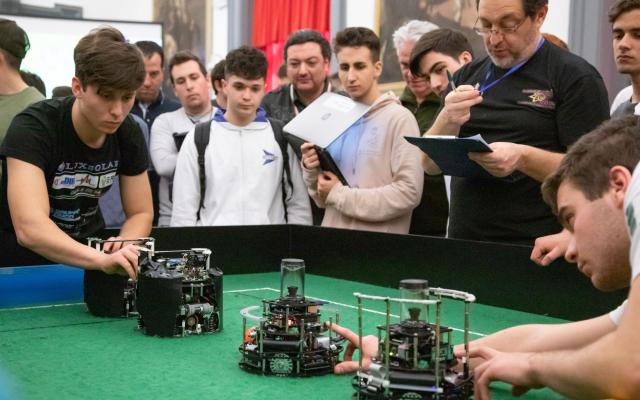The experience of Sapienza University's SPQR team at RooboCup and the World Humanoid Robot Games
Behind the numbers and rankings lies a story of growth and research that has lasted for almost ten years. At RoboCup 2025, held in Salvador, Brazil, the SPQR team from Sapienza University in Rome confirmed its place among the most competitive teams in the world. It is led by Vincenzo Suriani, a researcher in artificial intelligence applied to robotics and team leader since 2017. The team is made up of master's and doctoral students from the Department of Computer, Control and Management Engineering “A. Ruberti”, particularly from the Artificial Intelligence and Robotics course.
“The last few years have seen a remarkable evolution for Sapienza,” he began, telling us about the improvement in results in competitions for the capital's leading university. "We compete in the SPL standard platform league, where a common platform is assigned to all teams. This allows for comparisons of the best AI used by the teams, with the same robots. The top 12 teams are subject to stricter rules (with more complex challenges), while the others are subject to simpler rules. We were first in the second group in 2017, we finished in the top 12 in 2018-2019, earning ninth place, we slipped to eleventh in 2022 (a decline linked to the pandemic period), but then quickly climbed back up the rankings. In 2023, we came seventh, and in 2024, we came fifth. This year, we are third in the European Championships and fourth in the World Championships. The team also won the “Best Paper Award” for an article on a particularly versatile method developed for automatic vision, for the third time in five years.
How has the team evolved? Over the past ten years, both the rules and the robotic platforms used by the team's students have changed. "When we started, the gates were marked in yellow to make them recognisable, a red ball was used, and the rules were simplified. The robots were therefore very different! We competed with increasingly capable and advanced tools, equipped with greater computational resources. At the same time, we improved the robots' perception and decision-making algorithms. It was an excellent training ground for students, who were able to put many of the techniques they had learned in their courses into practice, while the software also improved."
Another important turning point came in 2025, with the World Humanoid Robot Games, the first world championships for humanoid robots, held from 15 to 17 August in Beijing. Thanks to the Sapienza team, Italy was one of only three European countries represented, along with the Netherlands and Germany: "The hardware changed suddenly: from the 7-kilo Nao robots to the 33-kilo Booster T1 robots, which we competed with. It was a great opportunity because our skills and expertise also accelerated. It was the first time we were able to compete with these models, the standard for the next Robocup." There is therefore great appreciation for the extraordinary opportunity offered by the games in China and for the chance to test new and advanced technologies, even though the competition is still in its experimental phase. SPQR came fifth in the 5vs5 competition.
SPQR's recipe for success is seemingly simple, but it conceals great dedication and motivation: ‘We have been consistent in developing the software, with each year's work improving on the previous one. This has been made possible by staying on the same platform, which allows us to focus on the software. Another important factor is the determination of the team members.’
Any wishes for the coming years? ‘That the participation of girls, on average 3 out of 10-11 team members, will grow and strengthen. These averages are similar to the female presence in the degree course, 15%.’
The team to beat? The unbeatable Germans B-Human from the University of Bremen.
It is always interesting to follow the personal and career paths of the team members. ‘Many of them generally become researchers, some remain in Italy as engineers in the field of AI and robotics. Many will go abroad (some have already done so over the years), with a bright future in big tech companies specialising in AI.’
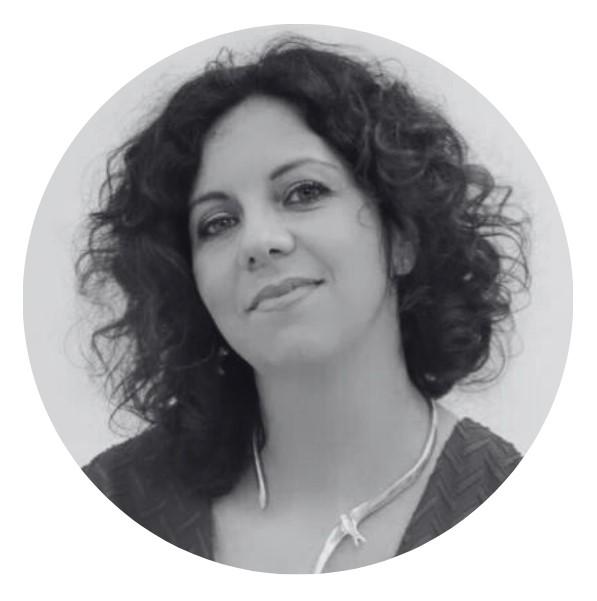 Interview by Onelia Onorati
Interview by Onelia Onorati

